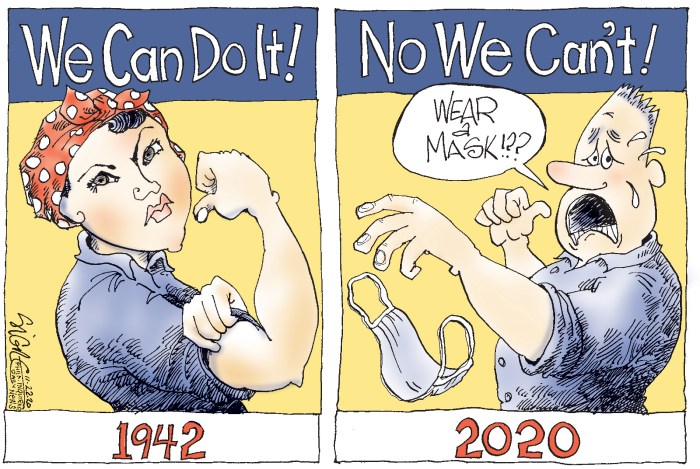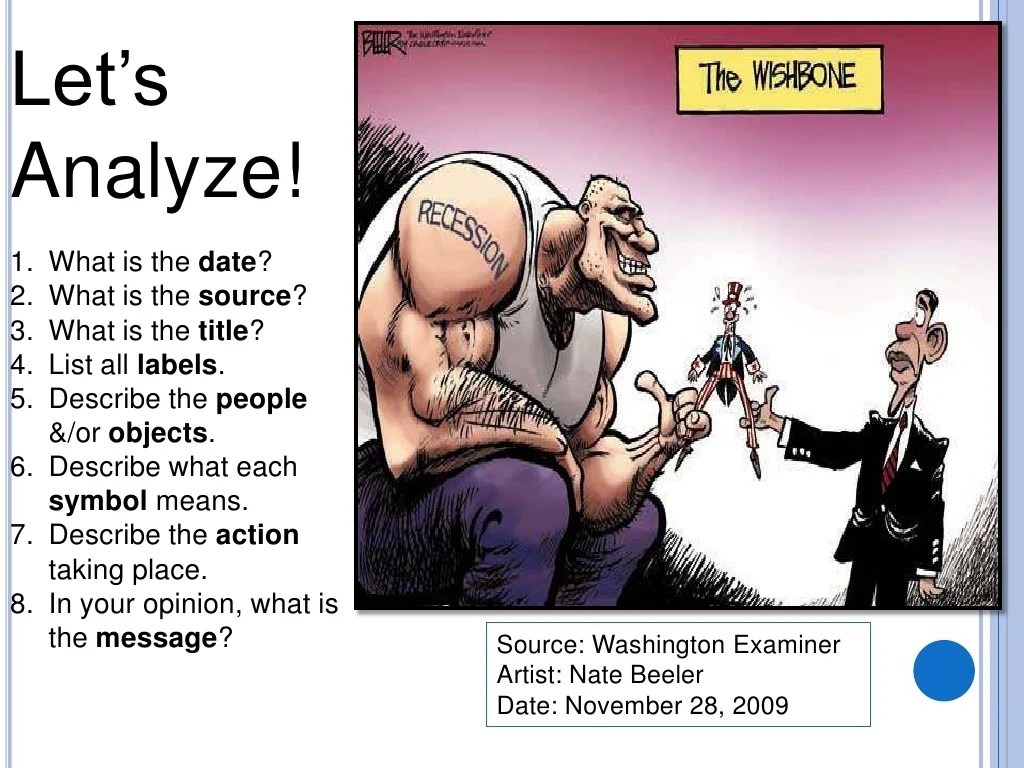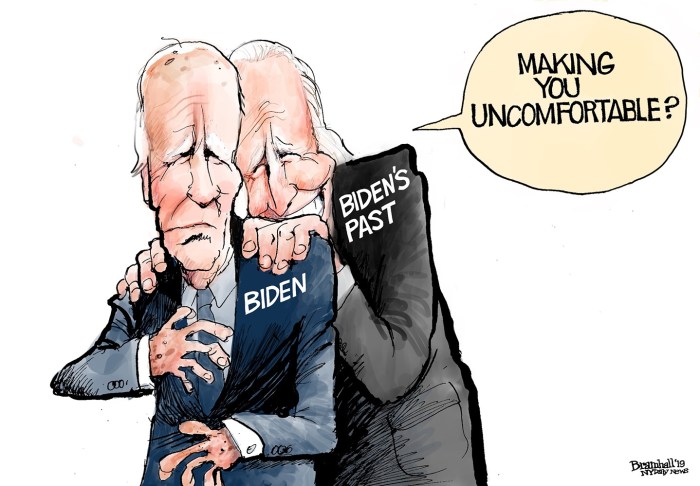Analyzing satire in editorial cartoons offers a unique lens through which to examine the interplay of humor, art, and social commentary. Editorial cartoons, with their potent blend of visual imagery and wit, serve as incisive tools for critiquing societal norms, political ideologies, and cultural trends.
This exploration delves into the techniques, significance, and ethical considerations surrounding the analysis of satire in these captivating visual narratives.
The rich history of satire in editorial cartoons, from its origins to its contemporary manifestations, provides a fascinating backdrop for understanding its role in shaping public discourse. By dissecting the visual metaphors, symbols, and caricatures employed in these cartoons, we gain insights into the underlying messages and perspectives they convey.
Analyzing Satire in Editorial Cartoons

Editorial cartoons are a powerful form of political commentary that use satire to critique and humorously expose social and political issues. They play a vital role in shaping public opinion and reflecting the cultural and historical climate.
Context and Background
Editorial cartoons have a long history dating back to the 18th century. They serve to provide a visual representation of complex issues, often using humor and exaggeration to make a point.
Humor and exaggeration are essential elements of satire, allowing cartoonists to highlight the absurdity or hypocrisy of certain situations. By using humor, cartoons can make complex issues more accessible and relatable to the general public.
Identifying Satirical Elements
Satirical cartoons employ a range of techniques to create their messages. These include visual metaphors, symbols, caricatures, irony, and juxtaposition.
- Visual metaphorscompare two unrelated things to create a humorous or thought-provoking image.
- Symbolsrepresent abstract ideas or concepts in a visual form.
- Caricaturesexaggerate the physical features of individuals to emphasize their flaws or characteristics.
- Ironyinvolves saying one thing but meaning the opposite.
- Juxtapositionplaces two contrasting images or ideas side by side to create a humorous or thought-provoking effect.
Analyzing the Message
To analyze the message of an editorial cartoon, it is crucial to understand the context in which it was created. This includes the political and social climate of the time, as well as any specific events or issues that may have inspired the cartoon.
Identifying the target of the satire is also essential. Cartoonists often use satire to criticize politicians, public figures, or institutions. Understanding who or what is being satirized helps to interpret the underlying message.
Cultural and Historical Significance
Editorial cartoons reflect the social and political climate of the time in which they are created. They can provide valuable insights into the values, beliefs, and attitudes of a particular era.
Some editorial cartoons have had a significant impact on public opinion. For example, Thomas Nast’s cartoons helped to shape public opinion against the corrupt political machine of Boss Tweed in New York City in the 19th century.
Visual Elements, Analyzing satire in editorial cartoons
The visual elements of an editorial cartoon play a crucial role in conveying the satirical message. Color, line, and composition all contribute to the effectiveness of the cartoon.
- Colorcan be used to create a mood or atmosphere, as well as to highlight certain elements of the cartoon.
- Linecan be used to create a sense of movement or energy, as well as to emphasize certain features of the cartoon.
- Compositionrefers to the arrangement of the elements of the cartoon. It can be used to create a sense of balance or asymmetry, as well as to draw the viewer’s eye to certain areas of the cartoon.
Question Bank
What is the primary purpose of satire in editorial cartoons?
To critique and provoke thought on social, political, and cultural issues through humor and exaggeration.
How can we identify the target of satire in editorial cartoons?
By examining the visual cues, such as caricatures, symbols, and juxtapositions, that highlight the subject of the criticism.
What are some common ethical considerations in analyzing satire in editorial cartoons?
Bias, misinformation, and the potential for misinterpretation or offense.

